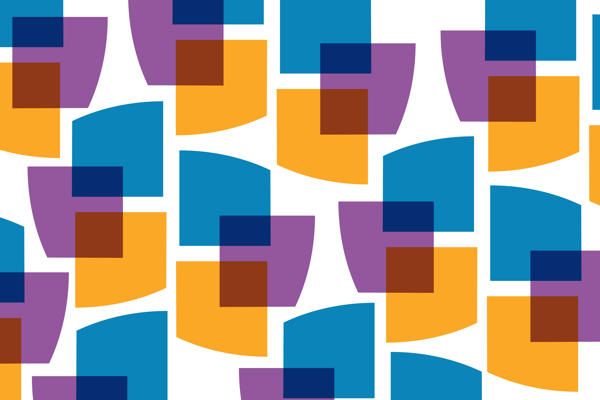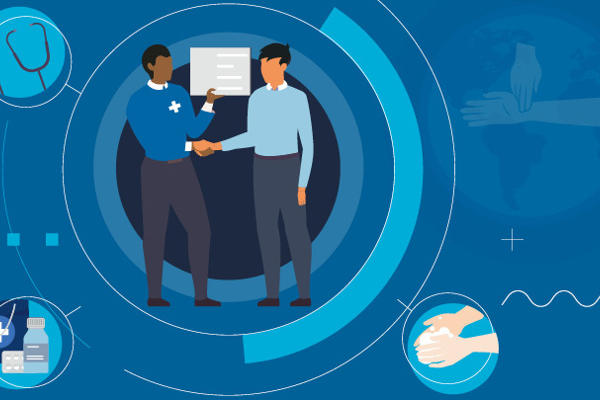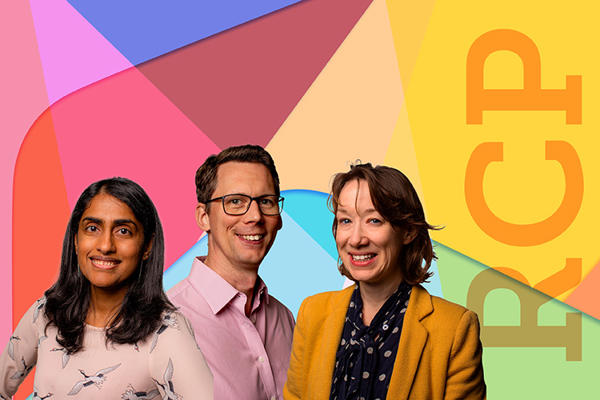With the RCP’s 'This vexed question’: 500 years of women in medicine exhibition now over, senior curator Dr Kristin Hussey reflects on debates it has sparked and the legacy of the project.
‘I realise I’m tired of fighting for equality in 2018’. Reading this comment card left in the exhibition’s feedback wall, I remember speaking to the visitor who left this thought during one of the 30-odd exhibition tours we gave during the run of This vexed question.
An RCP Fellow and palliative care consultant, this visitor had arrived directly from speaking at a conference. After taking her through the exhibition, she stopped me to remark how she generally didn’t think day to day about sexism in her workplace. But hearing about the struggles of women in medicine in the past, and the challenges they had faced, she was reminded how much work there still is to be done.
We always wanted our exhibition to be contemporary as well as historical. While many of the artworks, objects and archives that we selected to display may have come from the past, we wanted to show how history impacts on the present.
Many of the issues that faced Victorian pioneers of medicine, or even women doctors in early modern London, are much the same as women doctors working today. Assumptions around childcare responsibilities, a lack of flexible working, difficulty in following careers into more prestigious specialities, the hurdles of balancing work and life with research and academic achievement – they are themes which have followed women doctors in 1518 or 2018.
As museum curators, we aren’t ourselves clinicians, so we wanted to use the exhibition as a springboard to understand more the current issues facing women doctors, capture their opinions and comments, and get the public involved in these debates. One of the main ways that we did this was through our feedback wall. Over the course of the exhibition, visitors were invited to give their opinion on questions like ‘Should discussions about medicine today and in the future focus on gender?’ and ‘Do women in medicine still present a vexed question today’. The responses show an intense and often emotional level of engagement with the exhibition and its subject from our visitors.
Many respondents picked up on current events and debates which had been in the new during 2018. ‘The gender pay gap is a scandal’, ‘The answer this issue [of the pay gap] with mentoring schemes and promote one-to-one coaching after career breaks’ or simply ‘#metoo’ referencing the Me Too movement – an international movement against sexual assault sparked by sexual abuse allegations against American film mogul Harvey Weinstein.
Childcare responsibilities and work-life balance was another central theme in visitor responses:
- ‘Men could do their fair share of caring and much more’
- ‘Equal opportunities need to be combined with equal responsibilities so that men and women enjoy a fulfilling work life and share the child minding’
- ‘My husband was never asked how he would manage to fit work and children when it was the first thing anyone asked me when we had our first child.’
- ‘No one tells any young female doctor how hard it will be to be a partner/mother/principle carer of elderly parents and continue a full-time career’.
Given that struggles with work-life balance was a theme which ran throughout the 500-year period of our exhibition, we weren’t surprised to receive such comments. We weren’t quite expecting the number of replies about white coats and pockets however.
The need for women’s clothing to be provided with pockets was repeatedly commented on by visitors, with many suggesting that bringing back the white coat (with built-in pockets) would help support women in medical careers. One medical student suggested that the RCP Museum should collect a white coat to illustrate this ‘pocket problem’: ‘How am I supposed to carry my phone, notebook, pens, torch, etc.??’
Comments like these are highlight the need for more open conversation about gender and medicine and the continued need to discriminatory opinions and unconscious bias.
Some of the responses also demonstrated continuing concerns that more women practitioners is damaging to the profession, or revealing the continued prevalence of biased perspectives:
- ‘It seems we now need to train two women to get one full time doctor’
- ‘We need men, more women than men in medicine is not good for the profession’
- ‘Have you ever heard of a man going to a female androcologist?’
- ‘It’s DOCTOR, not miss, sweetie, love, girl, madame…’
- ‘Changes are good but male superiority will continue, it’s in our genes’
Comments like these are highlight the need for more open conversation about gender and medicine and the continued need to discriminatory opinions and unconscious bias.
One of the questions that we asked on our feedback wall was, are there any important women you would have liked to see included in the exhibition? With a fairly small space to work with, we were extremely limited in the number of incredible women who could feature. Some of the women we couldn’t include are already very well known, like Frances Hoggan, an early woman doctor who qualified at the same time as Elizabeth Garrett Anderson, or pioneering nurse Mary Seacole. But others are less well known, like Dr. Lillie Saville, a medical missionary in China who qualified in 1894, or Dr Margery Blackie, who became the first woman physician to the Queen in 1968.
To try and improve awareness of the wide range of women who have contributed to medicine over the last 500 years, we organized a Wikithon with the Wellcome Library. Wikithons bring a group of people together to add, edit and improve entries on the popular online encyclopedia Wikipedia. Of the 1.5 million Wikipedia biographies in English, only 17% are women. Scientist Jess Wade has argued that adding women to Wikipedia is a great way to encourage girls into scientific careers. Already as a result of new research in the exhibition, the RCP’s first female licentiate Dr Dossibhai Patel has been given her own Wikipedia page for the first time.
We hope you enjoyed our This Vexed Question exhibition, but if you missed a chance to visit you can always catch up on all the debates and stories with our exhibition tour film. We hope the film can serve as a lasting record not only of the objects and stories we explored, but 2018 as a momentous year. I'm sure it will be remembered as an important year for both women in the medical profession and the RCP. As one visitor optimistically suggested ‘We’ve already won! #whorunstheworld’.
Dr Kristin Hussey is a historian of medicine and the senior curator at the Royal College of Physicians. Follow her on Twitter: @kristin_hussey.




